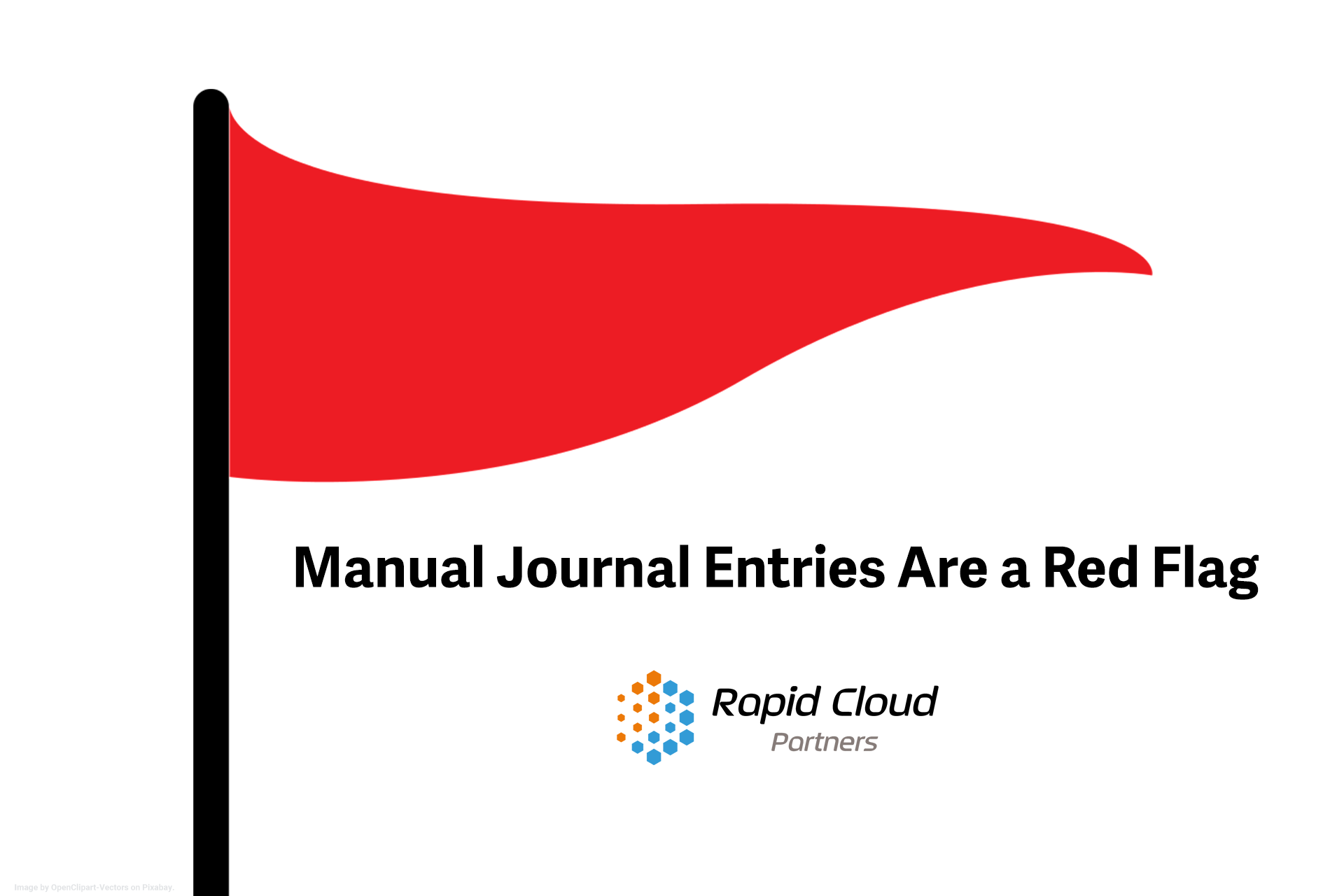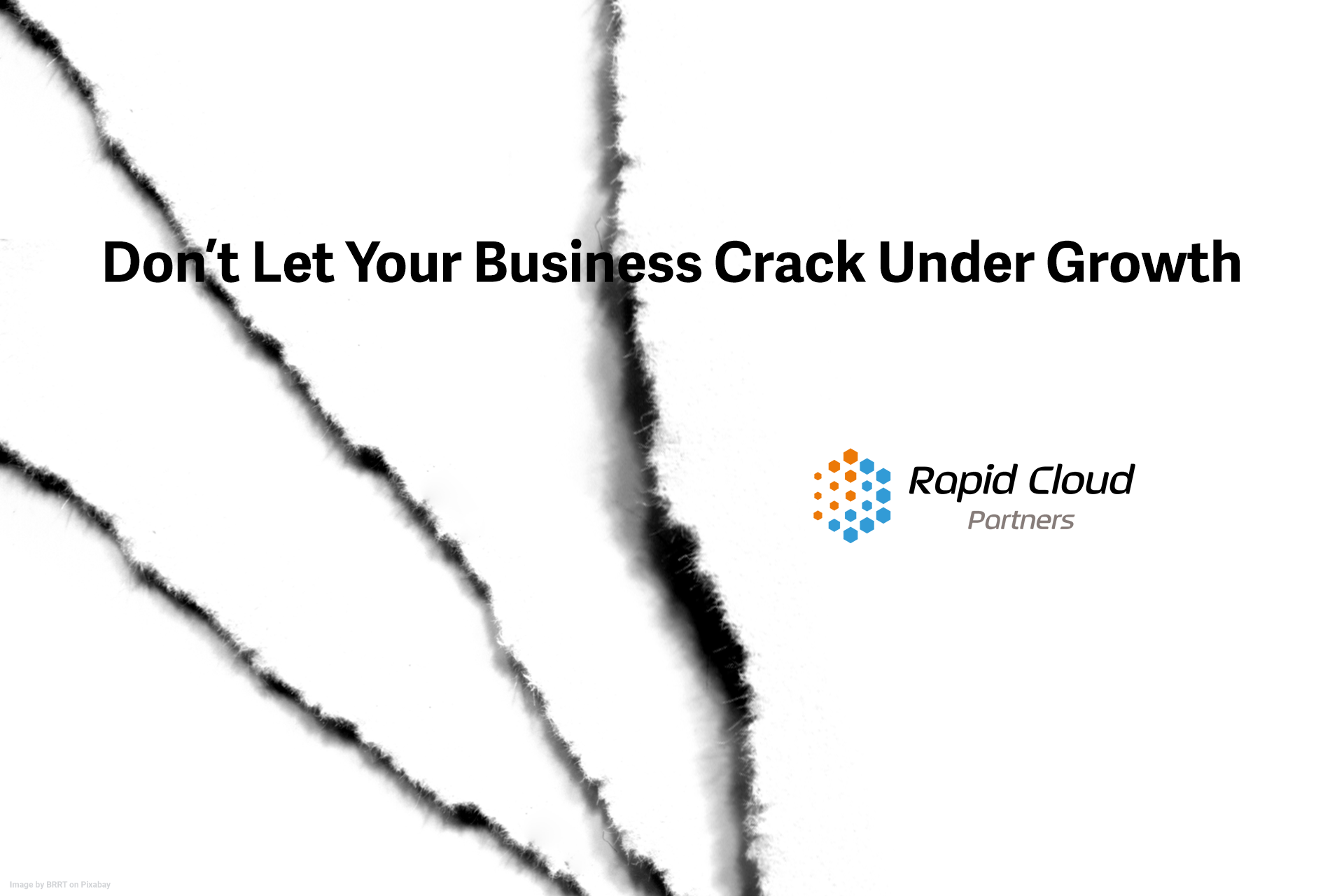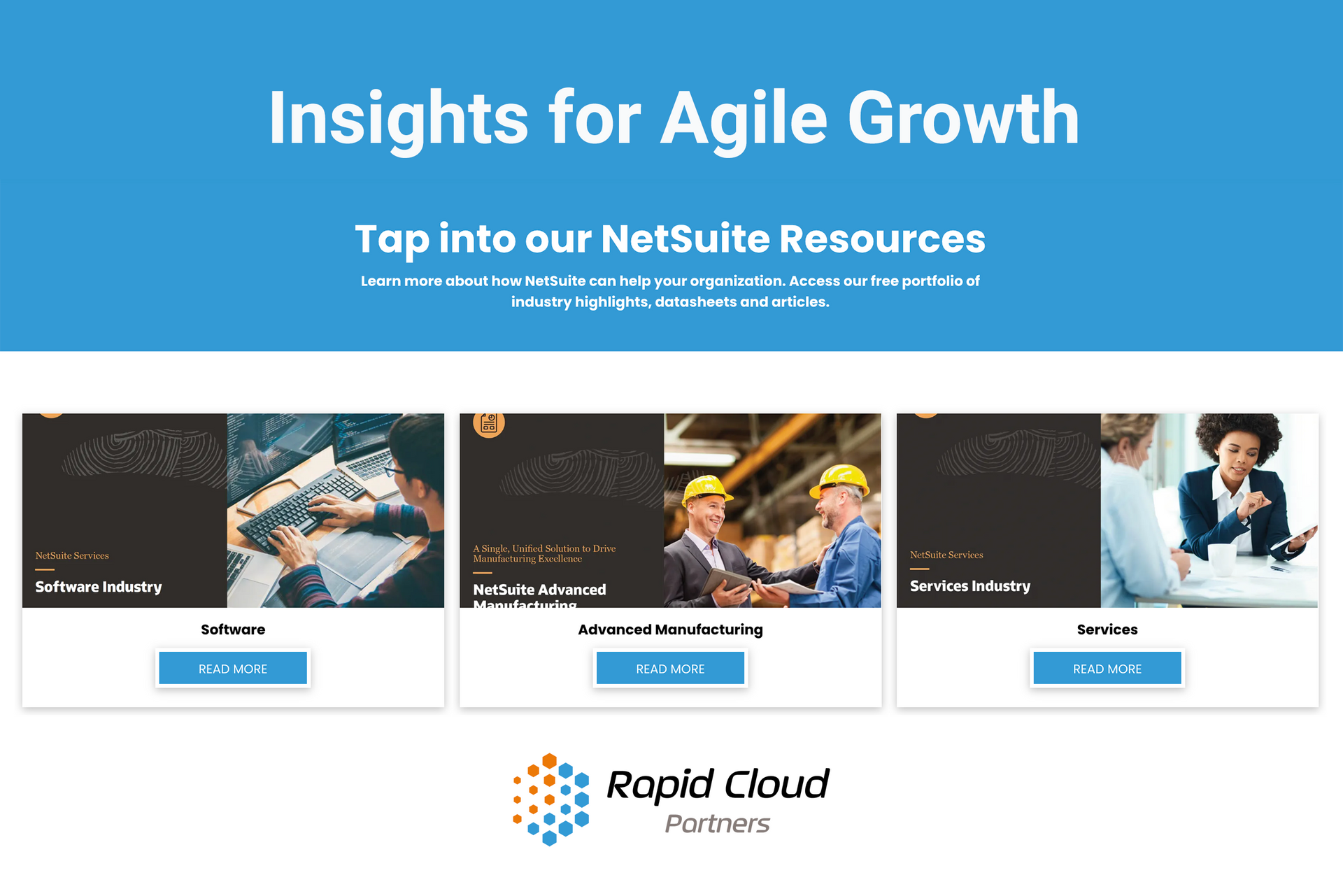Most of us are familiar with the term “hybrid.” By definition, it is something that is formed by combining two or more things.
A buzzword that is popular today is “hybrid cloud.” Hybrid cloud is a computing environment that typically combines on-premises system(s) (otherwise known as private cloud) with a public cloud system(s). Data is then shared between on-premise and cloud systems through integrations.
There are many reasons for creating a hybrid cloud architecture. One common reason is that a hybrid cloud architecture can support a migration strategy from a legacy on-premise environment to a cloud environment - or commonly referred to as a cloud migration strategy. Moving a system(s) to a cloud platform is a complicated endeavor, complicated even more with multiple systems. Taking an iterative approach to migrate on-premise system(s) creates a hybrid cloud environment during the transition.
Thinking about it from a systems perspective, a business may use Salesforce.com for CRM, NetSuite® for ERP and a custom data warehouse located in one of the company’s internal data centers. For the hybrid approach to be successful, the foundation must be well architected with sophisticated integration design and security controls.
Hybrid cloud infrastructures are all unique, resulting from mindful dialog with professionals. Contact Rapid Cloud Partners to learn how to maximize hybrid cloud. It’s a thing.






